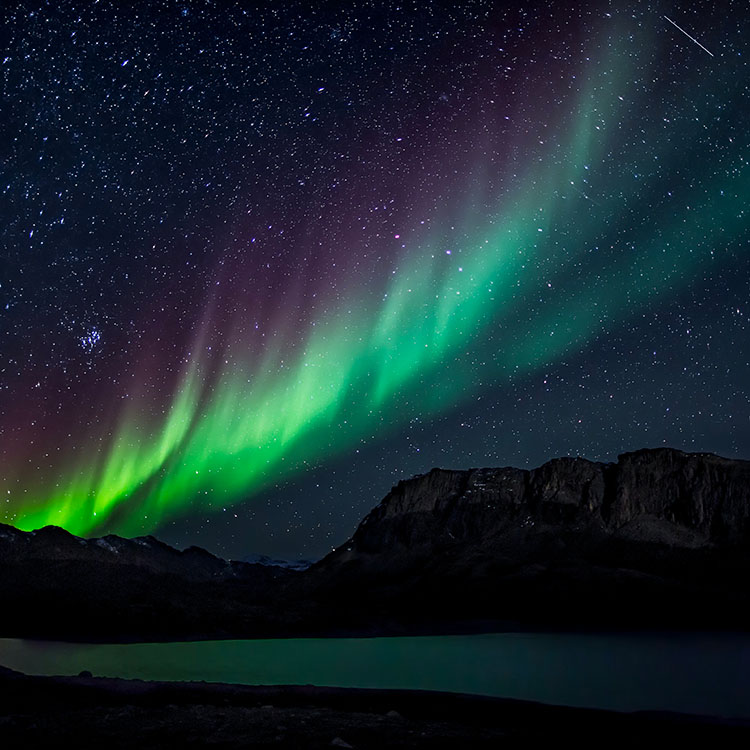
Rotate your tablet
for a better experience


Rotate your tablet
for a better experience
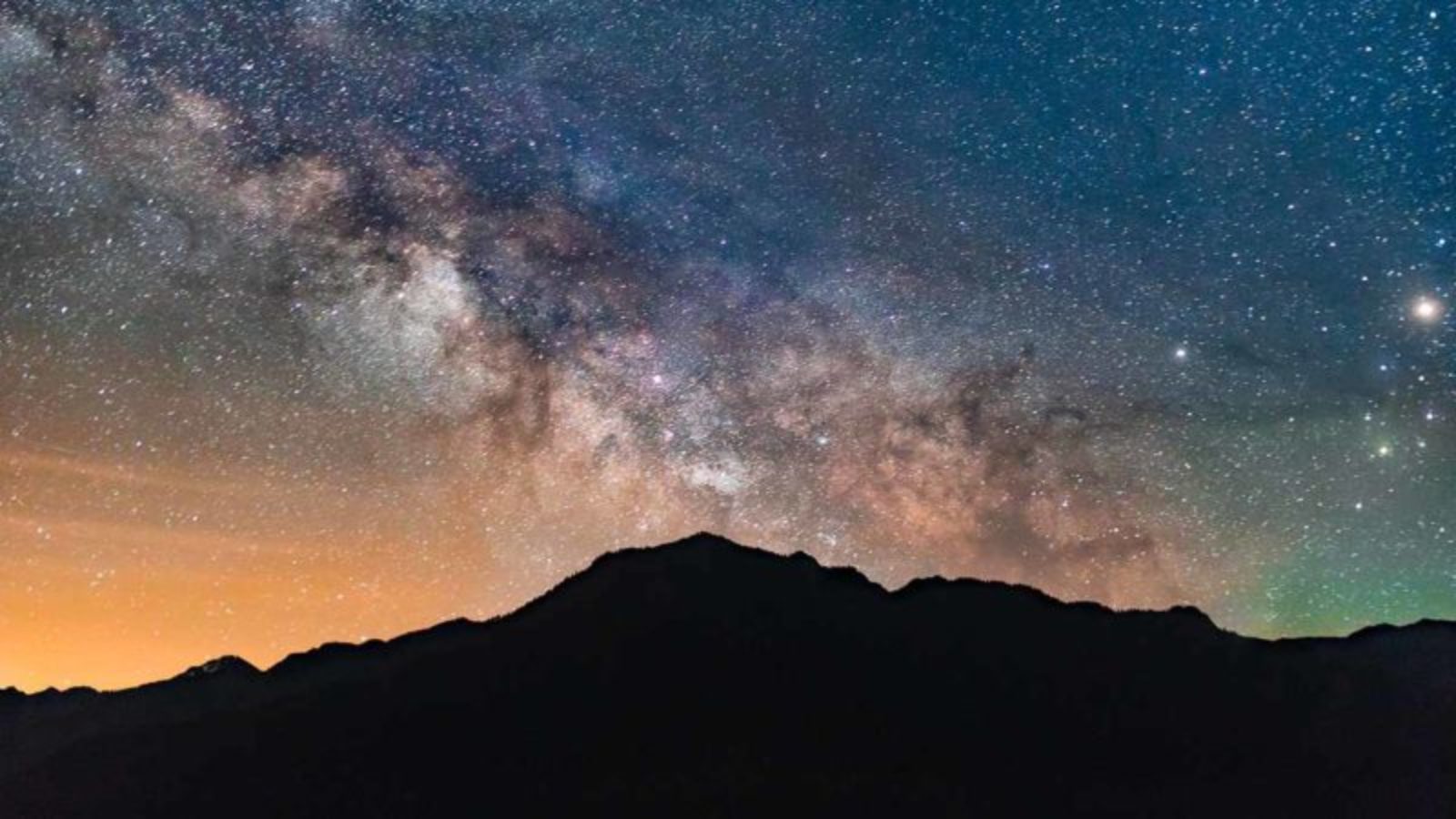
Summer vacation is almost here. This year, why not pack a sleeping bag and a telescope, instead of your usual swimsuit and SPF? From the most historic to the highest, ArianeGroup takes you far from teeming seaside resorts to the most beautiful astrotourism locations in Europe.
The island of Møn is located at the south eastern tip of Denmark, less than a two-hour drive from Copenhagen. Known for its ancient ruins and sweeping white chalk cliffs, the island is also one of the best places in the world to observe the night sky since light pollution is practically non-existent. Imagine nearly 5,000 stars against a jet-black sky. The most spectacular sights, however, are the Milky Way and the Great Rift’s dark nebulae.
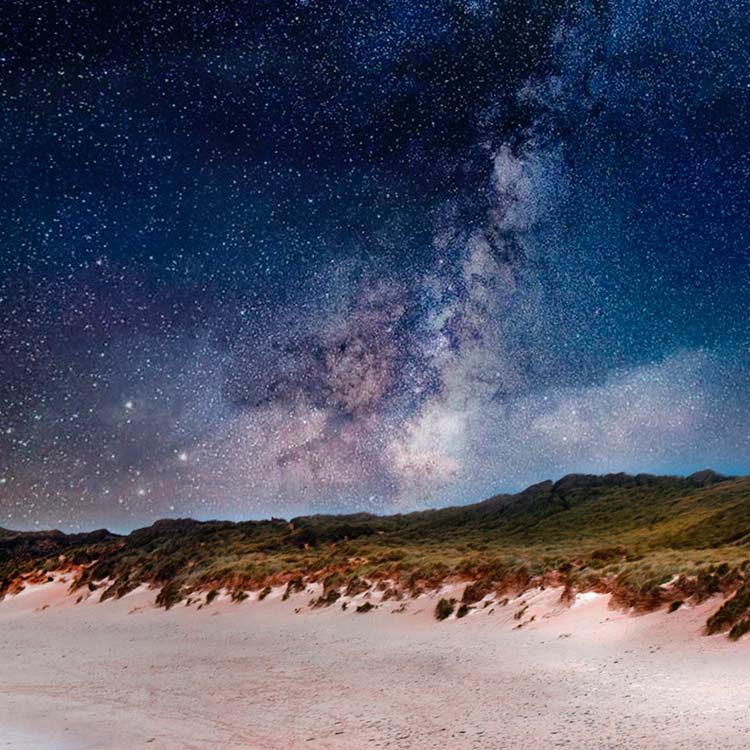
The International Dark Sky Association (IDA) has designated about one hundred world locations as Dark Sky Parks, or simply regions in which night sky conditions are optimal for stargazing. Although most dark sky locations are in North America, Moffat, a small town in Scotland, was awarded the status in 2016 and became Europe’s first. Committed to preserving the beauty of its night skies, the town invested nearly €300,000 to change its street lighting.
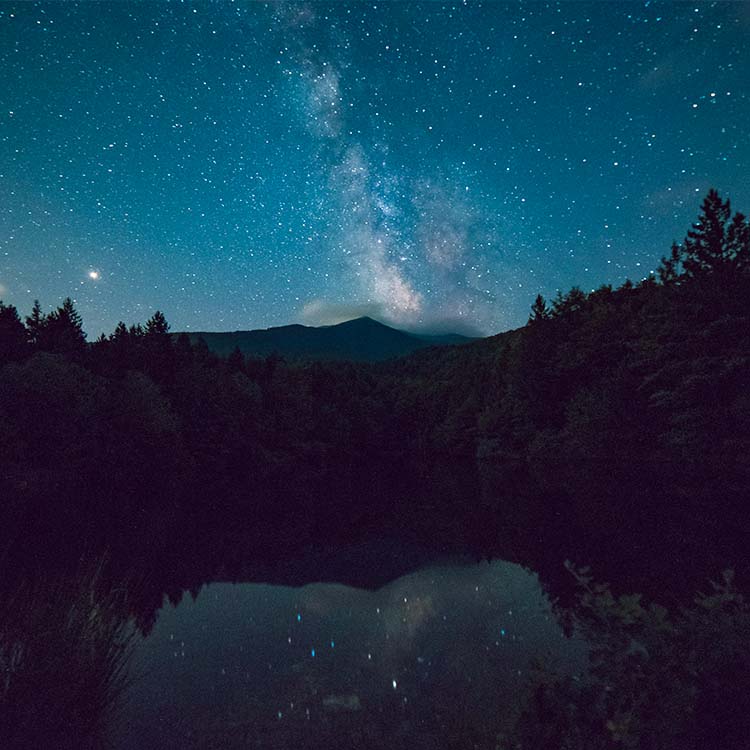
At an altitude of 4,808 meters, Mont Blanc in the Alps is the highest peak in European continent (except for Russia). Surrounded by pine trees and snow-covered peaks, experience a moment removed from time and far from civilization.
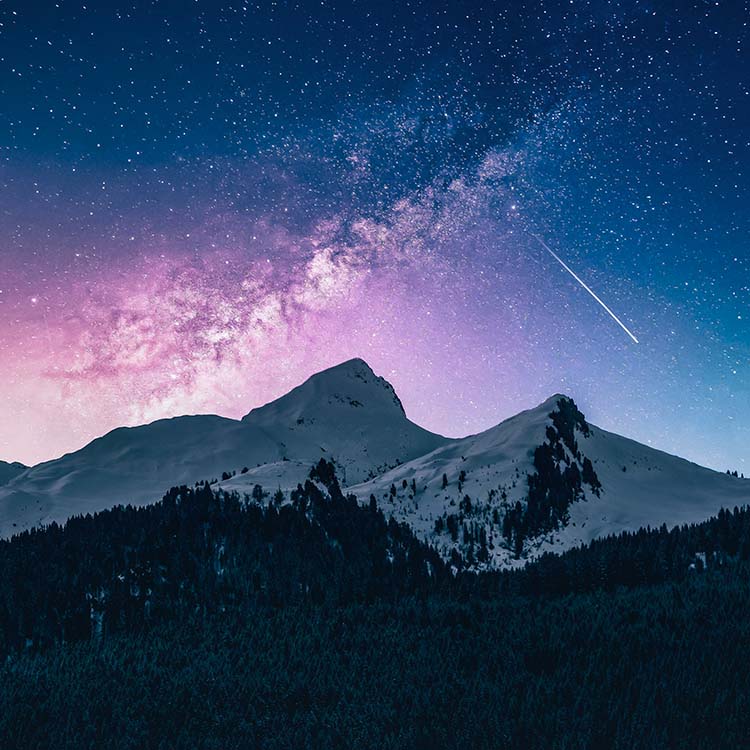
One of the 18 dark sky reserves officially recognized by the IDA is in Brandenburg, only 70 km west of Berlin. The reserve spans an area of 750 km2 in which to enjoy night walks. Committed to sharing and passing on knowledge, the reserve organises many stargazing events, such as its “star party” from 3 to 5 September 2021 (reservations only).
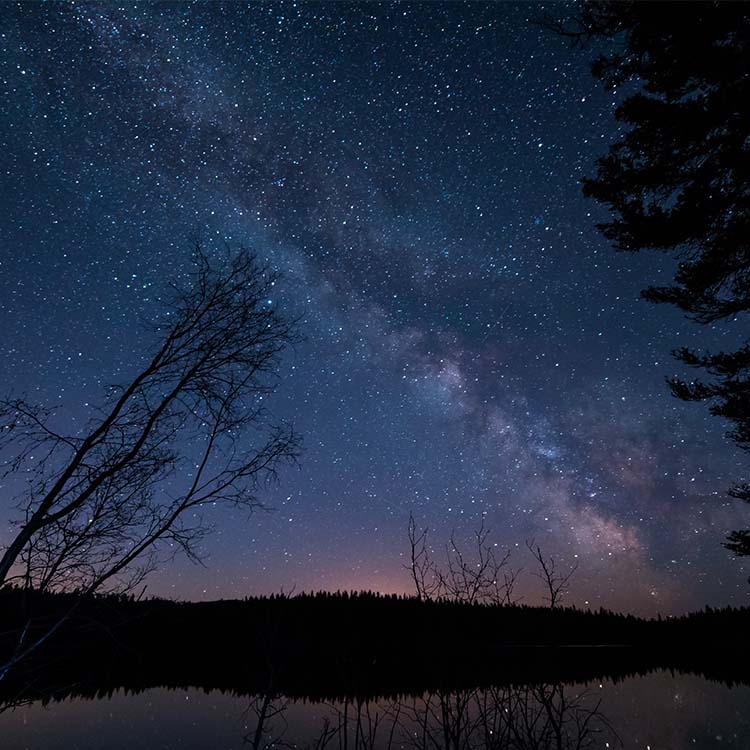
In 2012, UNESCO recognized La Palma, in the Canary Islands, as the first starlight reserve, a protected natural area that preserves the quality of night skies and access to starlight. Surrounded by the Atlantic Ocean, the island’s atmosphere is constantly stable and clear, a guarantee for star-studded night skies. The best views are at an altitude of 2,400 m, above a sea of clouds, on the Roque de los Muchachos.
In 1610, Galileo most likely made his most significant discoveries – the Moon’s mountains and Jupiter’s satellites – as he watched the sun set in the Tuscany countryside. The Galileo Museum in Florence even contains two of his very own small telescopes. It is the best spot to see a historically memorable night sky, among vineyards and cypress trees, and far away from bustling Italian cities.
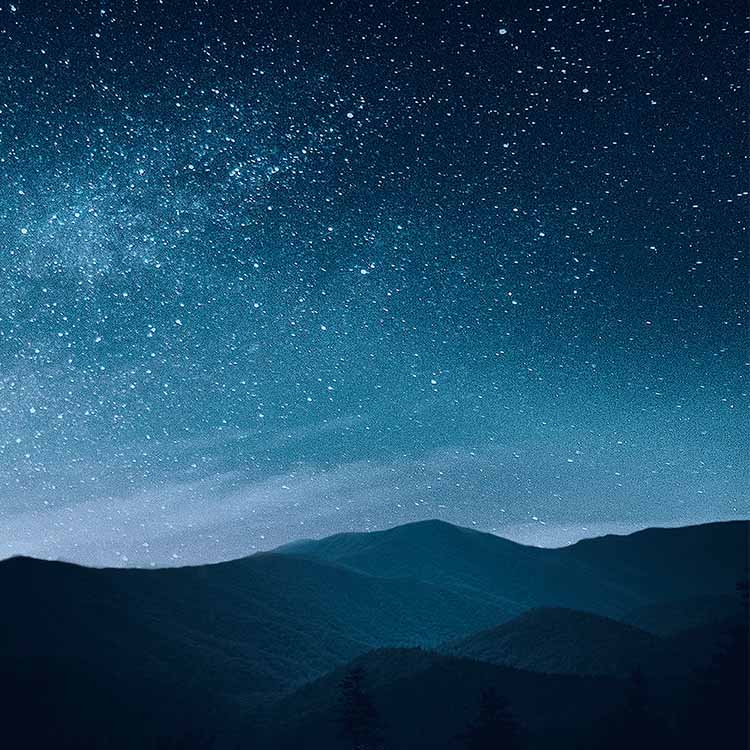
The world’s first Starlight Tourism Destination, as certified by the Starlight Foundation, the rural Alqueva region spans 3,000 km2 on the shores of the huge eponymous lake. It has since attracted many stargazing tourists, who also enjoy the region’s balmy climate and rolling hills covered with vineyards and olive groves. Alqueva is the ideal spot for spending long nights under the stars.
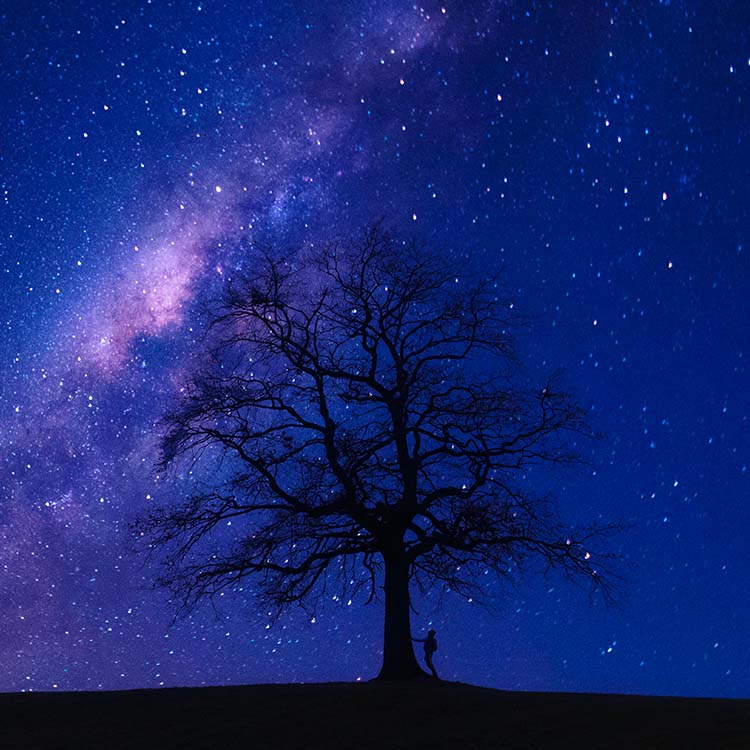
A town built on a lava field and renowned in Scandinavian folklore for its stories about elves, Hafnarfjörður is only a few kilometres from Reykjavik. More than a mystical site, the town attracts many astrotourists eager to see the northern lights and sparkling star clusters. The Aurora Basecamp in Hafnarfjörður – part observatory, part learning centre, part base camp – includes several geodomes and offers a wide range of exciting activities, from guided tours to bonfires.
